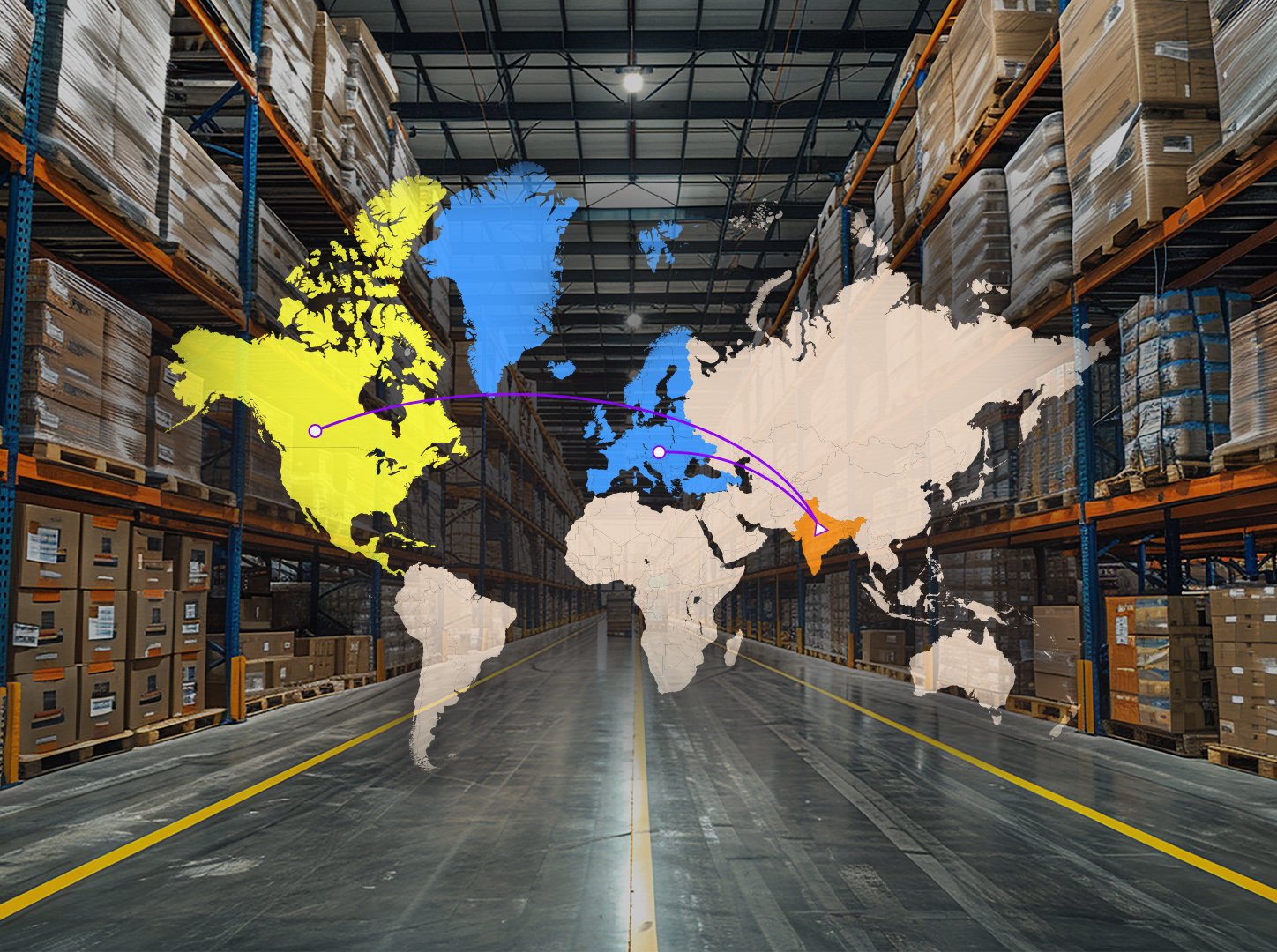Why Importers Demand Transparency
If you’re an importer in the US, EU, or Middle East sourcing compostable packaging from India, you’re juggling risks. You want:- Reliable supply (no unexpected stoppages)
- Transparency (you must know what you’re paying for)
- Compliance (customs, certification, retailer rules)
- Predictable timelines (delays are expensive)
Step 1: Raw Materials — The Feedstock Behind Compostables
Compostable polymers begin with biomass or renewable feedstocks, which in India are plentiful. Some common sources:- Starch crops (corn, cassava) for PLA blends
- Sugarcane residues (bagasse) or agricultural residues
- Agro-waste byproducts such as rice husk, straw, etc.
- Suppliers segregate and pre-treat biomass (drying, cleaning)
- They grade feedstocks and maintain batch traceability
- Some suppliers enter into contracts with farmers or cooperatives to secure consistent supply
Step 2: Manufacturing — Turning Biomass into Certified Packaging
Once raw feedstock is ready, it undergoes multiple transformations:- Polymerization / Compounding The starch or biomass is converted into resins or blends (e.g. PLA, PBAT, other biopolymers). Additives (plasticizers, stabilizers) may be introduced, which must themselves be certified or food-safe where applicable.
- Extrusion / Film Formation / Sheet / Film Blown Process The resin is processed into films, sheets, pouches, liners, etc., depending on packaging design.
- Printing, Coating, Lamination For some products, you may add barrier coatings, inks, lamination. These must remain compostable or at least not impede compostability.
- Quality Control & Testing
- Thickness / gauge checks
- Mechanical tests (tensile, tear)
- Barrier / permeability (moisture, oxygen)
- Compostability tests (some sample runs tested in advance)
- Sample disintegration / biodegradation tests
- Packing & Storage Once packaging rolls are done, they’re packed in humidity-controlled storage to avoid degradation before export.
Step 3: Compliance — Embedding Certifications & Market Readiness
By the time packaging is finished, it must meet the regulatory standards of the target import markets. Key compliance checkpoints include:- EN 13432 (EU) — Compostability in industrial systems
- ASTM D6400 / D6868 (US) — Compostability standards accepted in the US
- Food contact regulations — FDA (US), EU Regulation 1935/2004, 10/2011 etc.
- Additional certifications — such as ISO 9001, ISO 14001, FCC, ecological labeling
- Additive / ink certifications — The coatings, inks, adhesives used must not violate compostability or migration rules
Step 4: Logistics — From Factory to Port to Warehouse Abroad
Once your packaging is ready and compliance cleared, the next big leg is logistics. Here’s how the chain must operate:- Local Transport to Port / Rail Corridor Packaging is moved from factory to marine port or inland container depot. In India, improvements such as the Delhi–Mumbai Industrial Corridor or dedicated freight corridors aim to reduce transit time and cost.
- Customs Clearance & Export Processing Zones The packaging container must clear Indian export formalities (export licenses, customs duties, phytosanitary rules if required). Many factories are in Special Economic Zones (SEZs) or export-oriented parks that ease export processing.
- Shipping / Freight
- Sea freight (major lane: India → US / EU / Middle East)
- Container loading / consolidation
- Ensuring packaging is well protected during transit (humidity, temperature, handling)
- Import Customs & Port Handling at Destination
- Submission of certificates, test reports
- Verification of shipment documentation
- Possibly local compliance checks or inspections
- Warehouse / Inland Transit to Your Facility After clearing port, goods move via inland transport to your warehouse, with final checks to ensure no damage, humidity changes, or contamination occurred.
Step 5: Delivery Risks & Solutions — What Can Go Wrong & How We Mitigate
Even the best plan needs contingencies. Below are common risks + mitigation strategies:| Risk | Possible Impact | Mitigation / Solution |
| Document errors (certificates, lab report mismatches) | Customs holds, container delays | Pre-audit all export docs, cross-check lab results, maintain backup soft copies |
| Compliance mismatch (wrong formulation, unapproved additives) | Shipment rejection or fines | Batch-level testing, full traceability, quality control gates |
| Weather / Humidity damage (films degrade in transit) | Product failure or reject at import | Use protective packaging, desiccants, sealed containers |
| Port congestion / delays | Missed congestion windows, demurrage costs | Shipping route optimization, buffer days, alternate ports |
| Customs scrutiny or retesting | Inspection delays, extra cost | Pre-submit compliance packages, engage experienced customs brokers |
| Supplier capacity shocks (factory breakdown) | Order shortfall | Multiple shift capacity, alternate lines, buffer inventory |
Murth’s Advantage: Full Control, Full Transparency
In a complex lifecycle like this, many suppliers blur or hide steps. Murth takes a different path:- Feedstock control: We secure consistent, testable raw sources (starch, agro-waste) and log batch origin
- Integrated manufacturing: Our processes are vertically integrated, so we manage polymer compounding, film forming, printing, and finishing under one roof
- Compliance baked in: All additives, coatings, and inks are pre-vetted. Every batch includes test reports and certificates
- Export readiness: We prep containers, documentation, and coordinate logistics seamlessly
- Audit & transparency: Clients can request audit support data; trace logs are sharable if needed


